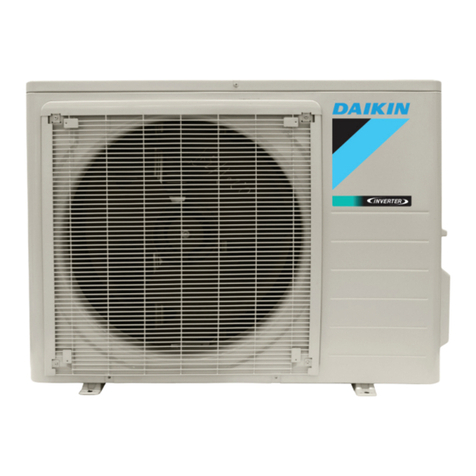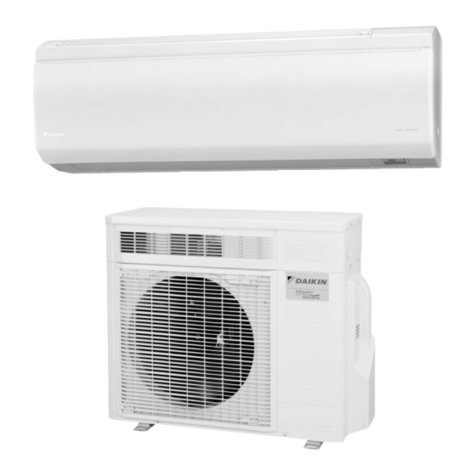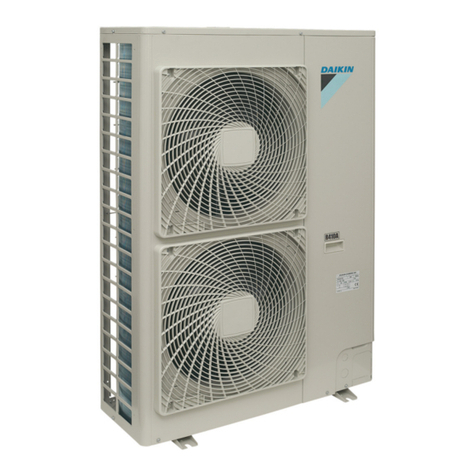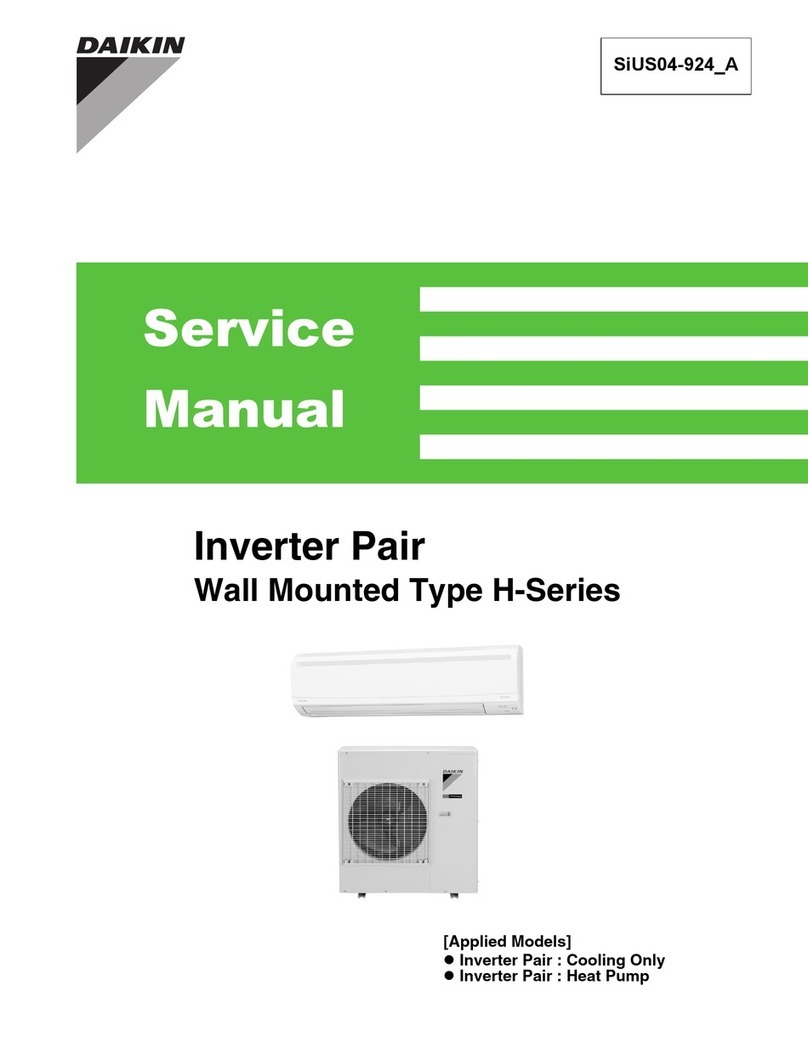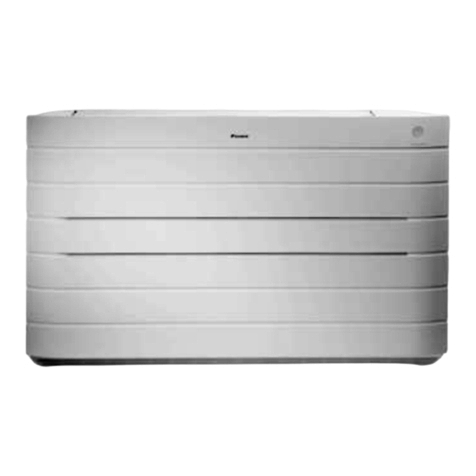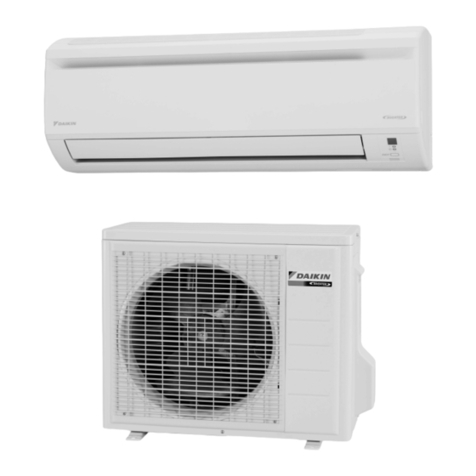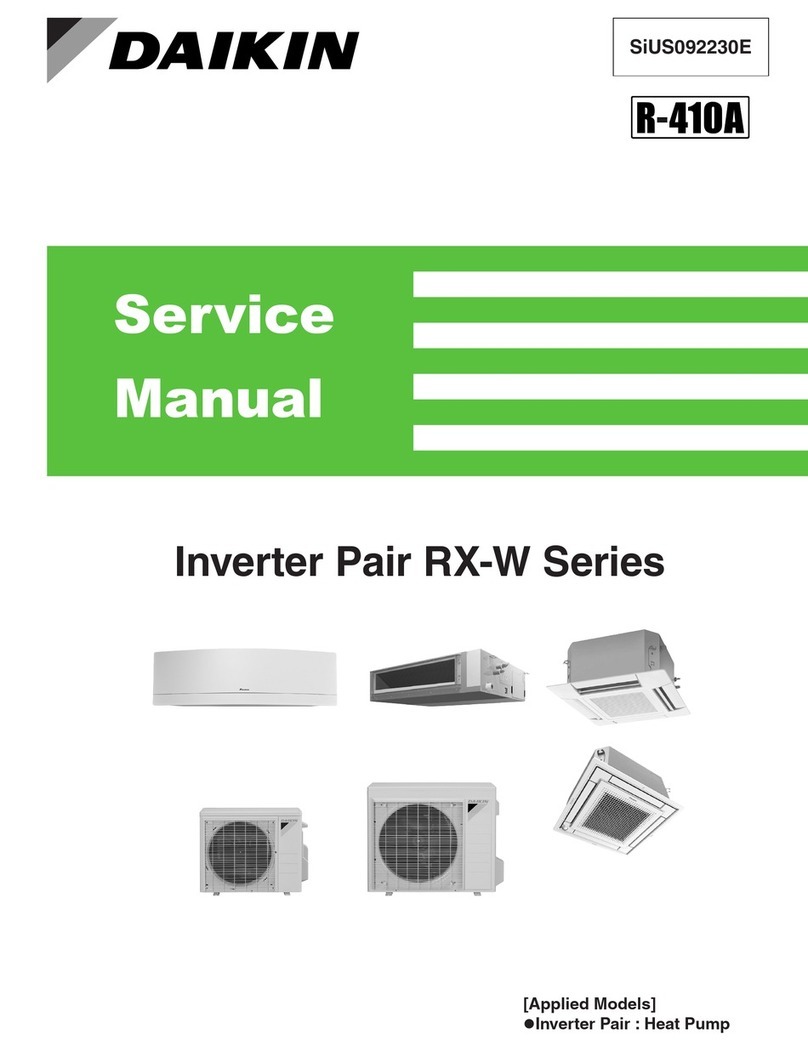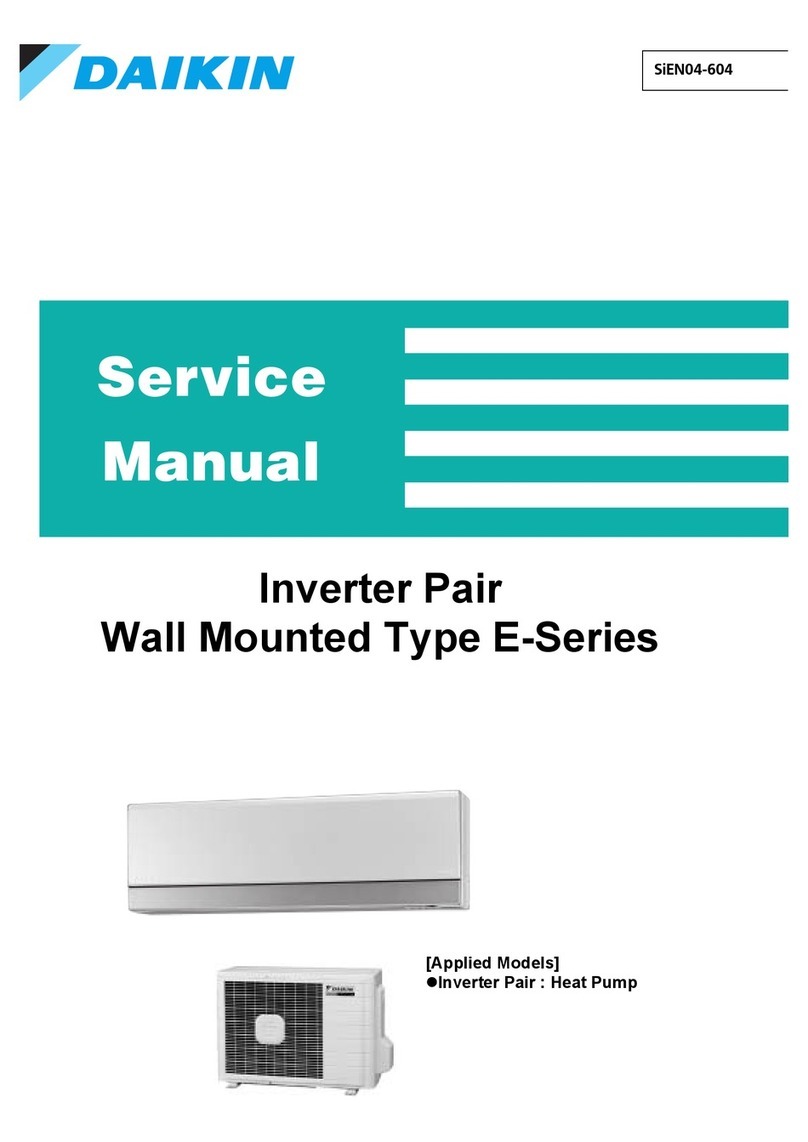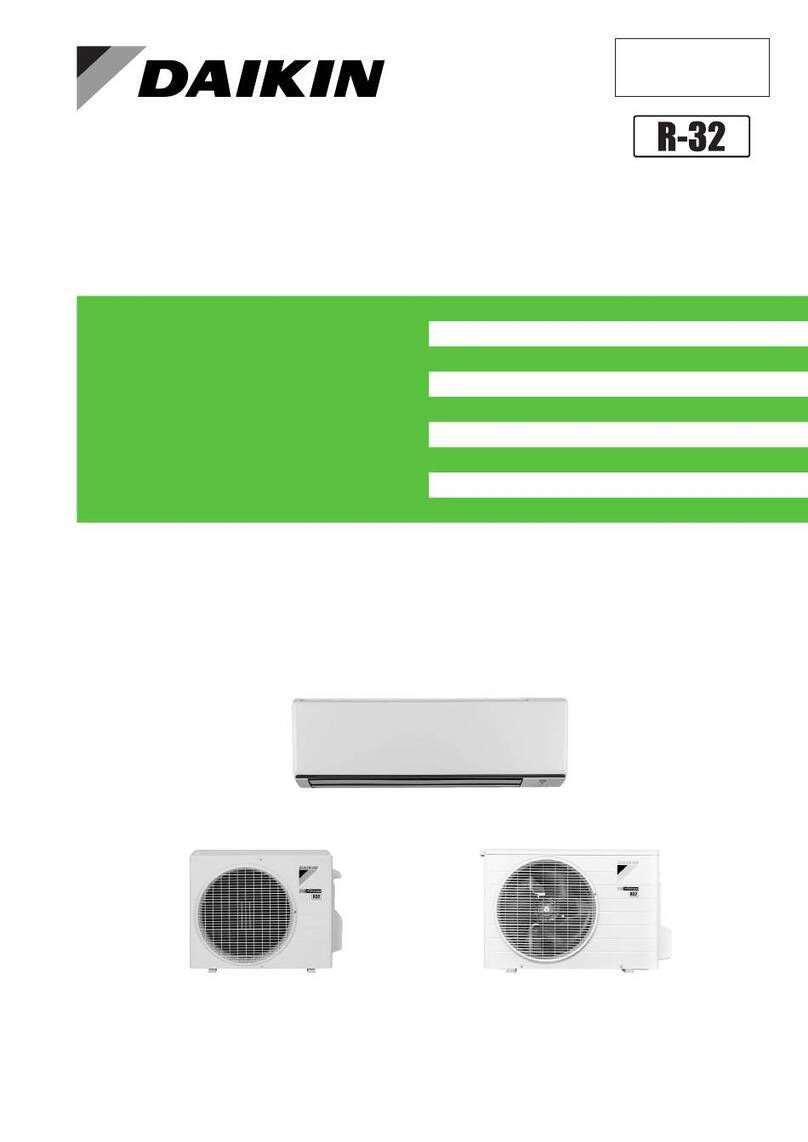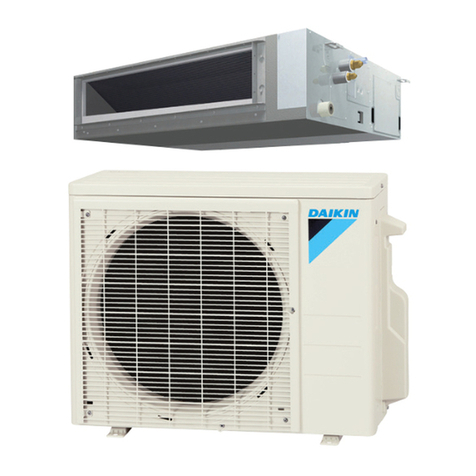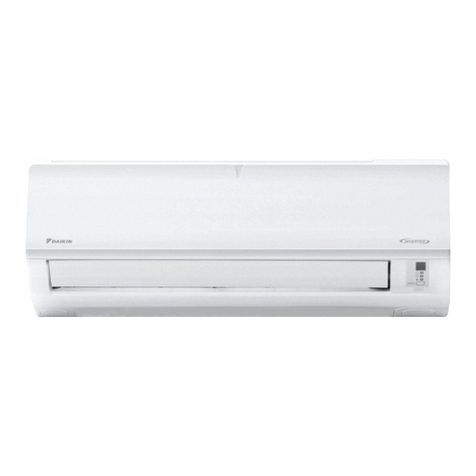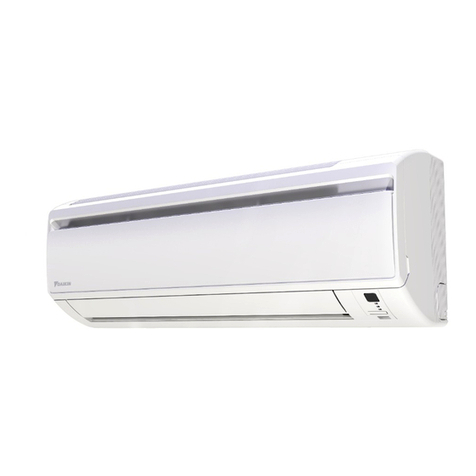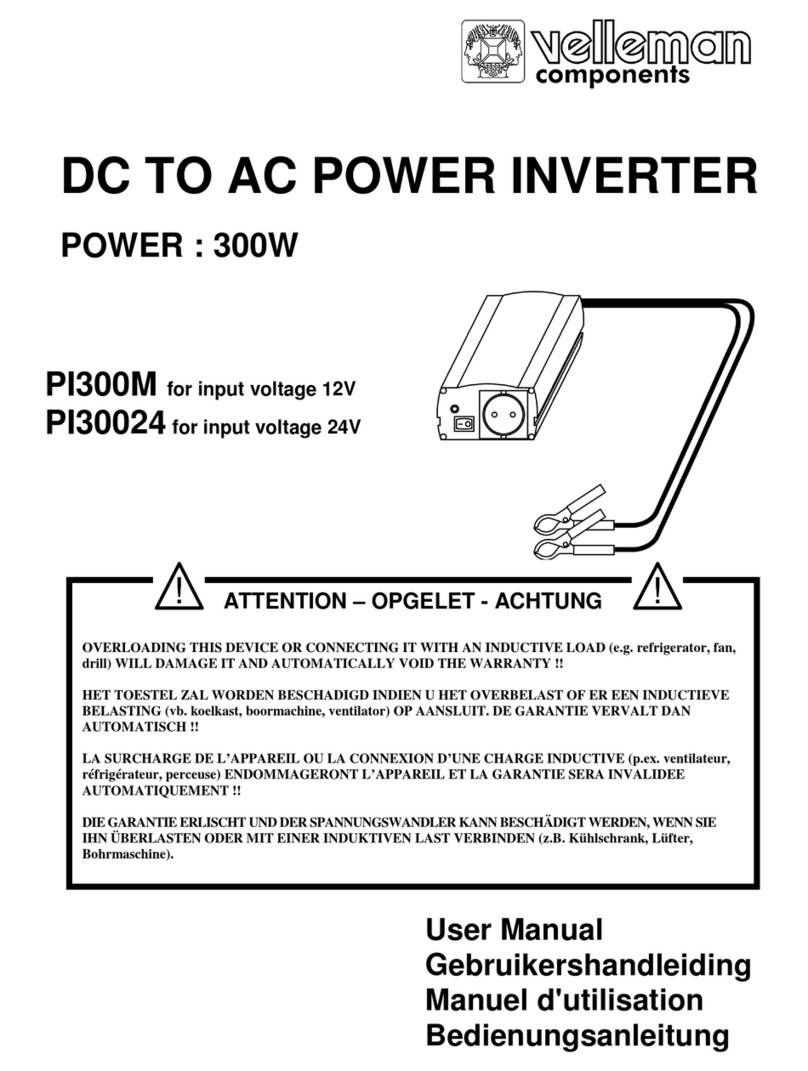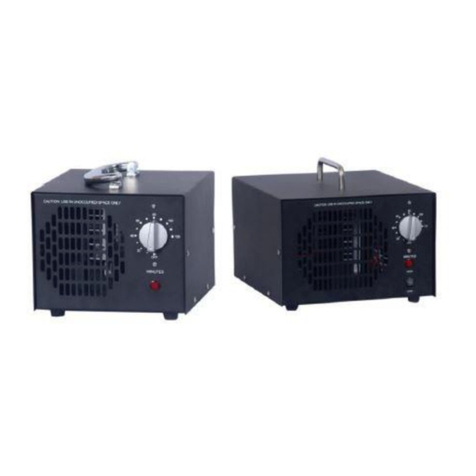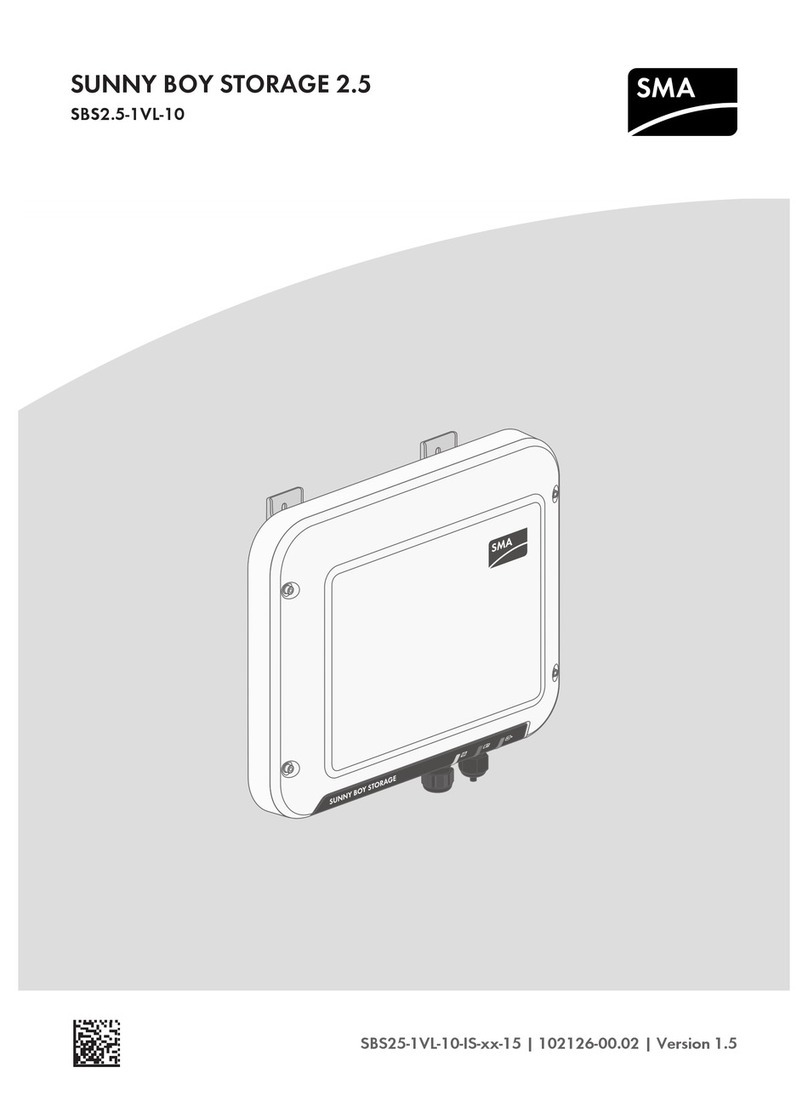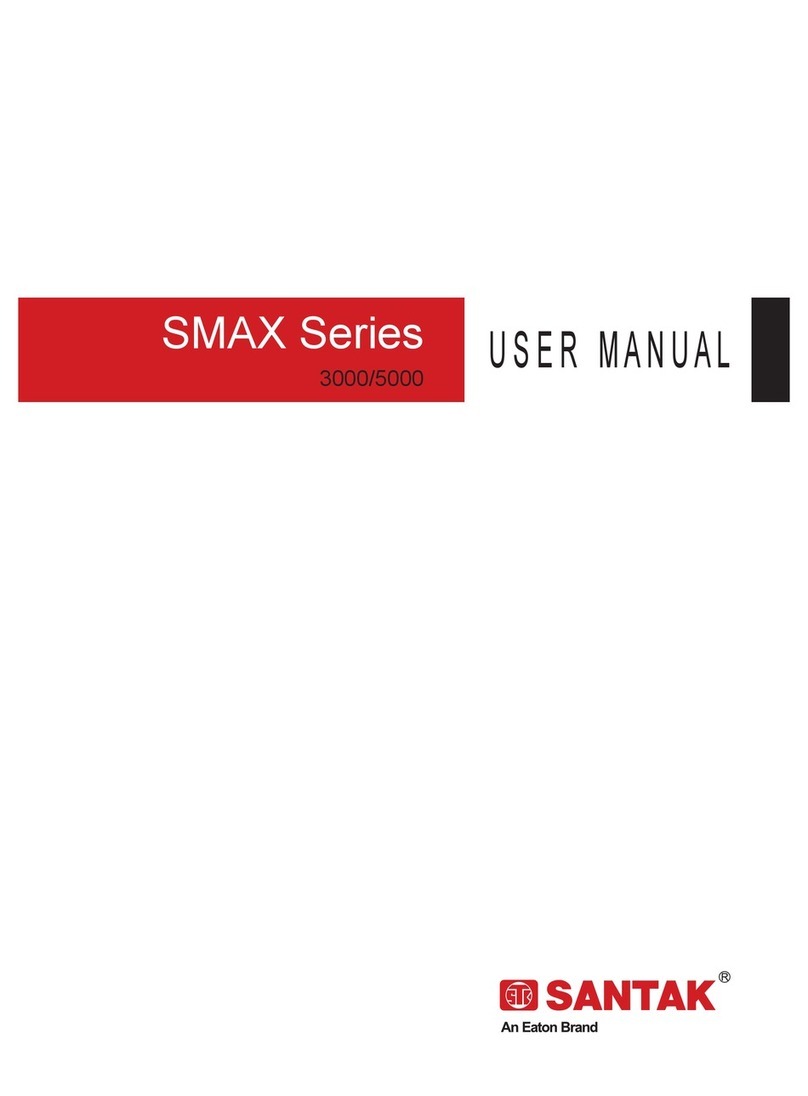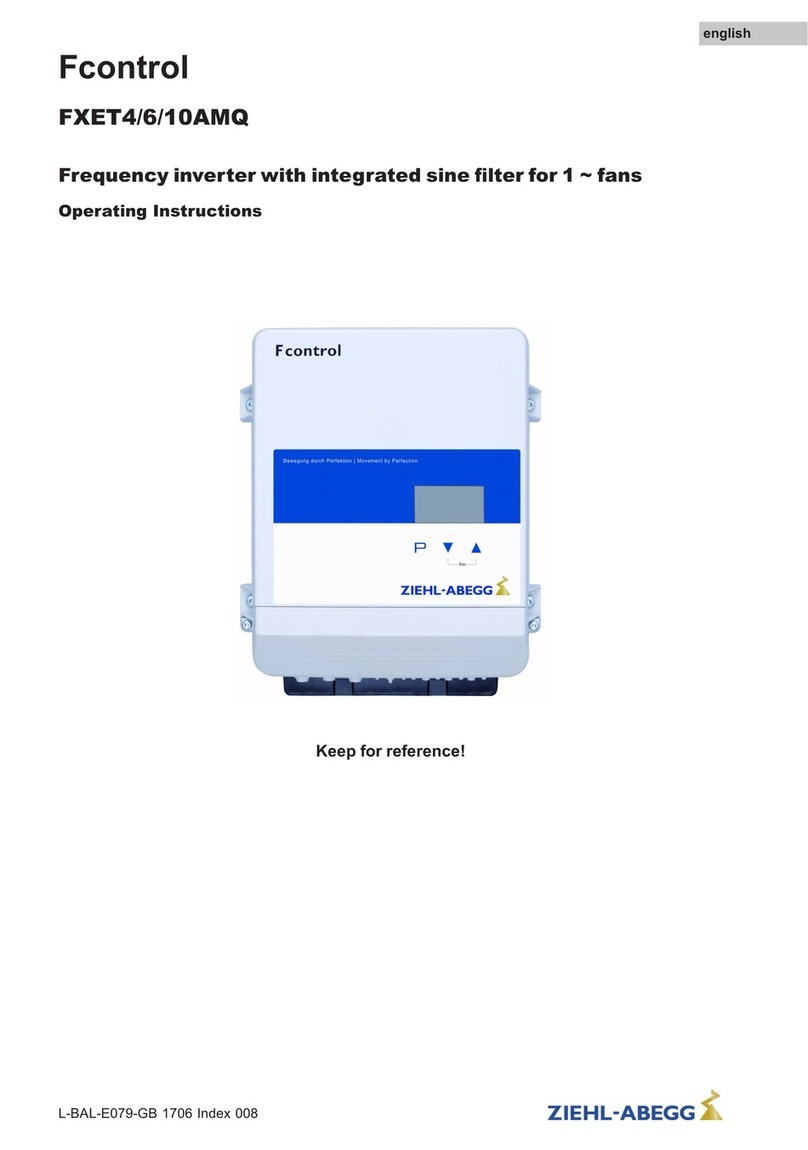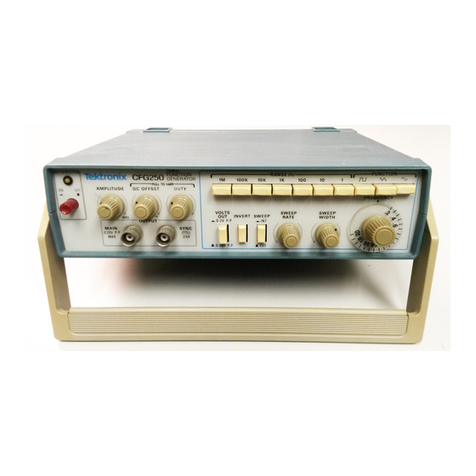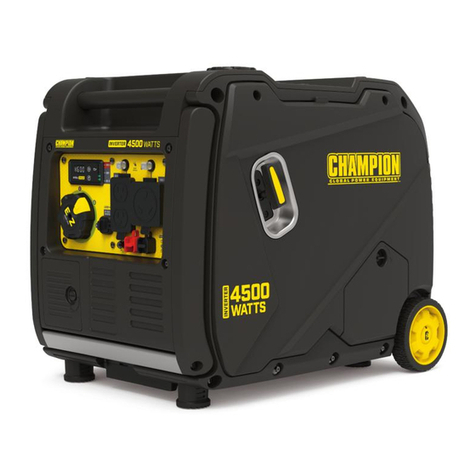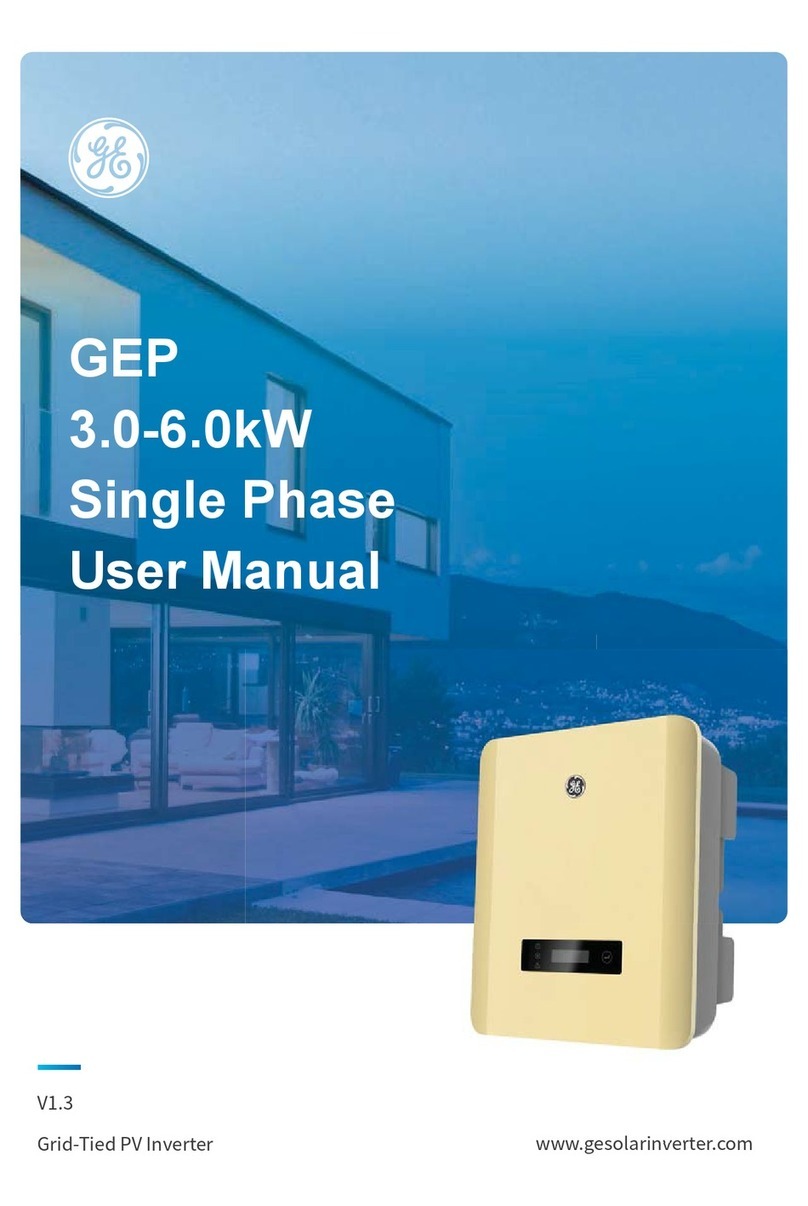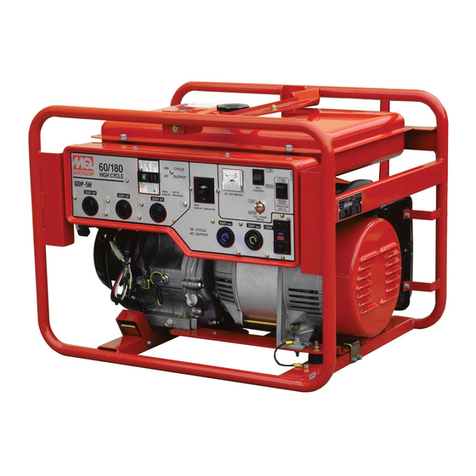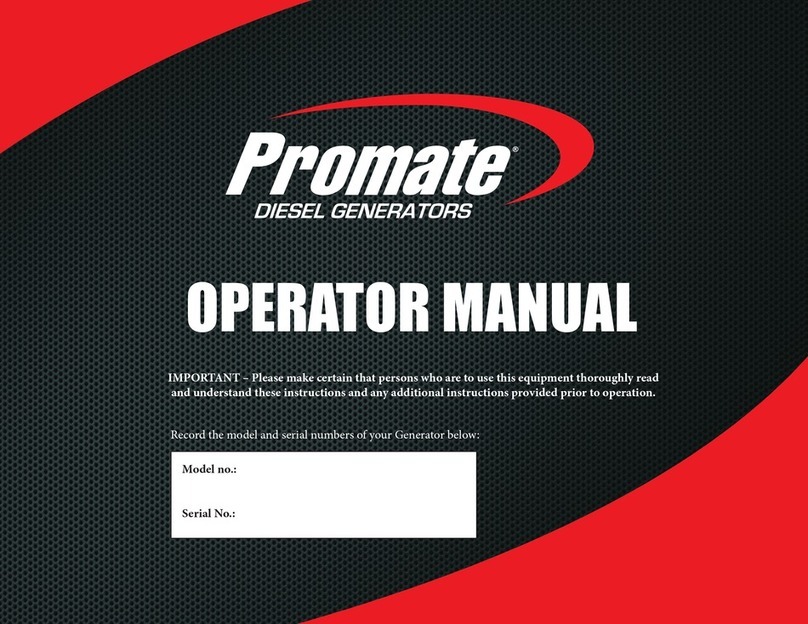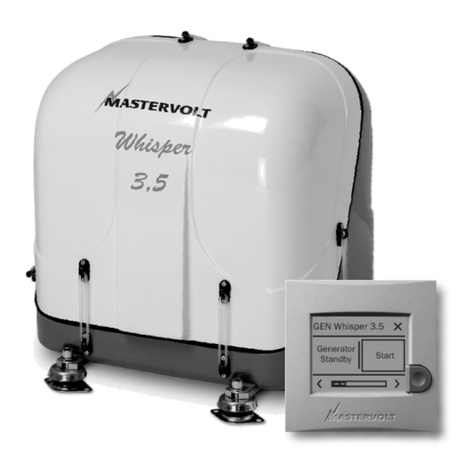
2
Contents
SAFETY PRECAUTIONS
DANGER ………………………………………………3
WARNING………………………………………………3
CAUTION ………………………………………………3
Chapter 1 Unit Specifications…………………… 1-1
1.1 Main Specifications …………………………… 1-2
1.2 Set Point and Protection Device ……………… 1-3
1.3 Construction …………………………………… 1-4
1.3.1 Outside View ……………………………… 1-4
1.3.2 Inside View ………………………………… 1-5
1.3.3 Control Box ………………………………… 1-6
1.3.4 CPU Board and I/O Board ……………… 1-7
1.3.5 Inverter Box ……………………………… 1-8
1.3.6 Valves and Functions …………………… 1-9
1.3.7 Sensor Location…………………………… 1-9
1.3.8 Printed Circuit Board…………………… 1-10
1.4 Operation Mode and Control ……………… 1-11
1.4.1 Frozen Mode …………………………… 1-11
1.4.2 Chilled Mode …………………………… 1-12
1.4.3 Dehumidification Mode (Option) ……… 1-13
1.4.4 Defrost Mode …………………………… 1-14
1.4.5
Compressor, Fan Motor, Valve Function
…1-15
1.4.6 Common Control ……………………… 1-16
1.5 Optional Functions ………………………… 1-17
1.5.1 ASC, Automatic Setpoint Change …… 1-17
1.5.2 Cold Treatment Transport …………… 1-18
1.5.3 ACT, Automatic Cold Treatment ……… 1-18
1.5.4
Ventilator Volume Detection (FA Sensor)
…1-19
1.5.5 Remote Monitoring Receptacle ……… 1-19
1.6 Battery Mode ………………………………… 1-19
1.7
Information Interchange with Personal Computer
…1-20
Chapter 2 Controller ……………………………… 2-1
2.1 Operation Panel………………………………… 2-2
2.2 Controller Functions List ……………………… 2-3
2.3 Operation Procedure ………………………… 2-4
2.4 Wake-up Battery (Rechargeable Battery) …2-18
2.5 Alarm Code ………………………………… 2-19
2.6 Alarm Diagnosis …………………………… 2-22
2.7 General Diagnosis…………………………… 2-45
Chapter 3 PTI & Periodic Inspection…………… 3-1
3.1 Pre-Trip Inspection …………………………… 3-2
3.2 Manual Inspection……………………………… 3-3
3.3 Automatic PTI ………………………………… 3-5
3.3.1 Automatic PTI Step No. and Contents …3-6
3.3.2 Automatic PTI Alarm ……………………… 3-6
3.4 Periodic Inspection …………………………… 3-8
Chapter 4 Service ………………………………… 4-1
4.1 Manual Check ………………………………… 4-2
4.2 Automatic Pumpdown ………………………… 4-6
4.3
Connecting and Removing Manifold gauges
…4-7
4.4 Checking Non-Condensable Gas …………… 4-8
4.5 Sight Glass……………………………………… 4-8
4.6 Refrigerant Recovery and Charge …………… 4-9
4.6.1 Operation Pressure Check …………… 4-10
4.6.2 Refrigerant Recovery ………………… 4-10
4.6.3 Vacuum and Dehydration ……………… 4-10
4.6.4 Refrigerant Charge …………………… 4-11
4.7
Electrical Circuit and Servicing Precautions
…4-12
4.8 Parts Replacement ………………………… 4-13
4.8.1 Compressor …………………………… 4-13
4.8.2
Evaporator Fan and Fan Motor Removing
…4-15
4.8.3 Inverter Board (EC8) …………………… 4-16
4.8.4 CPU Board (EC1) ……………………… 4-16
4.8.5 I/O Board (EC2) ………………………… 4-17
4.8.6 Operation Board (EC3)………………… 4-17
4.8.7 PT/CT Board (EC7) …………………… 4-17
4.8.8 High Pressure Switch (HPS) ………… 4-18
4.8.9 High Pressure Sensor (HPT) ………… 4-18
4.8.10 Low Pressure Sensor (LPT) ………… 4-19
4.8.11
Electronic Expansion Valve (EEV), Economizer Modulation
Valve (EMV), Discharge Modulation Valve (DMV)
…4-20
4.8.12 Solenoid Valve ………………………… 4-21
4.8.13 Dryer …………………………………… 4-21
4.8.14 Fusible Plug …………………………… 4-21
4.8.15 Check Valve …………………………… 4-22
4.8.16 Filter and Strainer …………………… 4-22
4.9
Emergency Operation at Controller Malfunction
…4-23
4.9.1 Wiring Change of Controller…………… 4-23
4.9.2 Fixing of EEV Opening ………………… 4-24
4.9.3 Fixing of EMV Opening………………… 4-24
4.9.4 Fixing of DMV Opening………………… 4-25
Chapter 5 APPENDIX …………………………… 5-1
5.1
Standard Tightening Torque for Bolt and Flare Nut
…5-2
5.2 Temperature Sensor Characteristics ………… 5-3
●
SS/RS/DSS/DRS/EIS/EOS/Eco In/Eco Out/SGS/AMBS
…5-3
●
DCHS Sensor Characteristics DCHS1/DCHS2
…5-4
●NTC type USDA Sensor Characteristics,
USDA1, USDA2, USDA3, CTS (Option) …… 5-5
●ST9702-1 type USDA Sensor Characteristics,
USDA1, USDA2, USDA3, CTS (Option) …… 5-6
5.3 Pressure Sensor Characteristics …………… 5-7
5.4
Humidity Sensor Characteristics, HuS (Option)
…5-7
5.5 R134a Characteristics ………………………… 5-8
5.6 Sequence ……………………………………… 5-9
0001-04LX10F11BEn.indd20001-04LX10F11BEn.indd2 2014/11/1916:40:582014/11/1916:40:58



